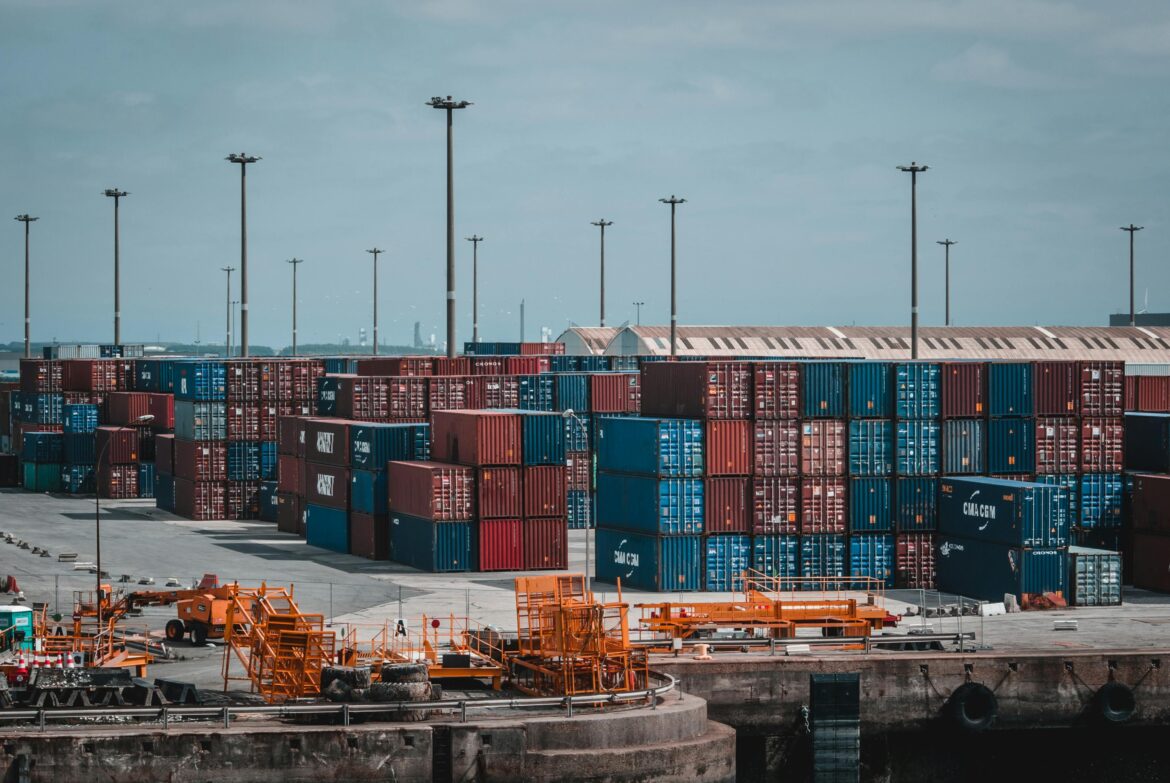Potential strike action at US East Coast and Gulf Coast container ports is drawing closer as there is no resolution in sight to the ongoing dispute between terminal operators and their employees.
The current master contract agreement is due to expire on October 1 and workers say they will down tools if an agreement over wages and conditions cannot be reached.
The latest development in the dispute has seen the US Maritime Alliance (USMX) file an Unfair Labor Practice (ULP) charge with the National Labor Relations Board (NLRB) that if successful would require the International Longshoremen’s Association to return to the negotiating table.
However, the ILA has dismissed the accusation that it has been refusing to negotiate, labelling the move a publicity stunt “designed to fool the American public that they care for the longshore workers”.
“USMX filing these charges four days before the expiration of the current Master Contract clearly illustrates what poor negotiating partners they have been,” the ILA said yesterday. “If it wasn’t for the ILA engaging in serious and productive negotiations, most of the local agreements would not have been settled over the past year.”
Market observers have been warning that strike action at US ports could add extra pressure to the air cargo market as shippers switch to air to avoid supply chain disruption.
Freight forwarder Dimerco today said that any strike action would be a boost to air cargo.
“The potential ILA strike on October 1 is expected to further boost airfreight demand, particularly for shipments to the east coast, as ocean freight switches to air,” said Dimerco Express Group vice president of sales and marketing Kathy Liu.
Box shipping marketplace Container xChange said that the fallout from a strike would hit industries like retail, automotive, and manufacturing hardest.
Christian Roeloffs, co-founder and chief executive of Container xChange, said: “The strike could push the container trade into chaos, with ripple effects that potentially will disrupt supply chains well. The congestion and delays at these major ports will severely impact the availability of containers, increase costs, and disrupt schedules.
“Small traders, in particular, may feel the squeeze as they are more vulnerable to price surges and extended delays in securing and moving their boxes. Businesses are acting now to reroute shipments and secure their container supply, or they risk being left stranded in a congested and costly aftermath.”
Retailers, for example, are already rushing to import goods ahead of the holiday season, the company said, without contingency plans, many companies will face severe shortages, missed deadlines, and skyrocketing logistics costs.
“The automotive industry, which relies heavily on timely shipments of parts and components, could see production delays, especially for vehicles assembled in the US with parts arriving through East Coast ports,” he added.
“Each day of the strike could mean five days of delays for businesses already struggling with tight margins and timelines. For many, this could be the breaking point.”
Cooler air cargo market in September just a blip
The post No resolution in sight as US east coast port strike action draws closer appeared first on Air Cargo News.



